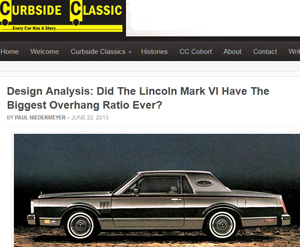 Recently, I was reading an article on Curbside Classic’s website titled “Design Analysis: Did The Lincoln Mark VI Have The Biggest Overhang Ratio Ever?”. After studying that new-for-1980 design, author Paul Niedermeyer comments that the fundamental problem with the Mark VI’s downsized proportions is that it’s riding on too short a wheelbase for its size – something that gives it the overall look of a kit car. I understand exactly what he means. Those of us who’ve reached a certain age remember a wealth of body kits designed to be placed on top of original Volkswagen Beetle chassis in the old days – supposedly transforming a mundane vehicle into something more luxurious-looking.
Recently, I was reading an article on Curbside Classic’s website titled “Design Analysis: Did The Lincoln Mark VI Have The Biggest Overhang Ratio Ever?”. After studying that new-for-1980 design, author Paul Niedermeyer comments that the fundamental problem with the Mark VI’s downsized proportions is that it’s riding on too short a wheelbase for its size – something that gives it the overall look of a kit car. I understand exactly what he means. Those of us who’ve reached a certain age remember a wealth of body kits designed to be placed on top of original Volkswagen Beetle chassis in the old days – supposedly transforming a mundane vehicle into something more luxurious-looking.
 In the 1980s, there were even Ferrari body kits for the Pontiac Fiero. While such transformed cars were larger both physically (and in stature supposedly), they were still stuck with the original vehicle’s tiny wheelbase. These conversions didn’t really fool anybody, and they made owners of them objects of derision more often than not.
In the 1980s, there were even Ferrari body kits for the Pontiac Fiero. While such transformed cars were larger both physically (and in stature supposedly), they were still stuck with the original vehicle’s tiny wheelbase. These conversions didn’t really fool anybody, and they made owners of them objects of derision more often than not.
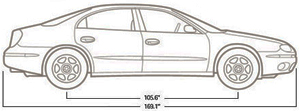 Continuing his point about excessive vehicle overhang, Niedermeyer made an interesting study out of it by calculating a percentage for different vehicles before, during, and after that time period. To do this, wheelbase length was subtracted from overall vehicle length in order to calculate the vehicle’s total overhang measurement (total includes front and rear). That overhang measurement was then divided by the overall vehicle length to arrive at an overhang percentage.
Continuing his point about excessive vehicle overhang, Niedermeyer made an interesting study out of it by calculating a percentage for different vehicles before, during, and after that time period. To do this, wheelbase length was subtracted from overall vehicle length in order to calculate the vehicle’s total overhang measurement (total includes front and rear). That overhang measurement was then divided by the overall vehicle length to arrive at an overhang percentage.
 Using a 1980 Mark VI coupe for example, 216.0″ overall length – 114.4” of wheelbase = 101.6″ of overhang. Dividing 101.6” by the total vehicle length of 216.0 gives us a 47.0% overhang ratio. For comparison, the vehicle with the lowest overhang ratio we could find was the original Mini Cooper at 33.3%. Looking at 2015 model year vehicles, the highest percentages we could find were the Buick Encore at 40.2%, the Honda Civic at 41.4%, and the Subaru Legacy at 42.6%.
Using a 1980 Mark VI coupe for example, 216.0″ overall length – 114.4” of wheelbase = 101.6″ of overhang. Dividing 101.6” by the total vehicle length of 216.0 gives us a 47.0% overhang ratio. For comparison, the vehicle with the lowest overhang ratio we could find was the original Mini Cooper at 33.3%. Looking at 2015 model year vehicles, the highest percentages we could find were the Buick Encore at 40.2%, the Honda Civic at 41.4%, and the Subaru Legacy at 42.6%.
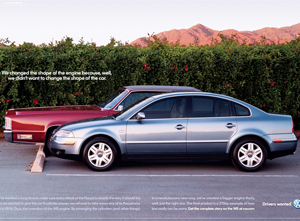 Niedermeyer used some good examples in comparison. Citing awareness that he couldn’t possibly have thought of everything, he asked readers for help in finding vehicles which would beat the Mark VI’s 47.0% number – if they could be found. This seemed like an interesting study to us, and a first thought was the 1981-83 Chrysler Imperial. This was a vehicle he had overlooked, and we thought for sure it would take top honors of all time. After all, the Imperial borrowed its wheelbase (and front fenders) from the smaller, downsized 1980 Cordoba while adding a front clip which added 4 inches of hood length to create more of a “personal luxury car” feel. Turns out we were right – the Imperial edged out the 1980 Mark VI very slightly at 47.1%. We didn’t think we’d find anything else to top the Imperial. However, after digging through reference books and the internet for a few hours, we were quite wrong. A number of other vehicles topped 47.1% – some that surprised us, and some that didn’t.
Niedermeyer used some good examples in comparison. Citing awareness that he couldn’t possibly have thought of everything, he asked readers for help in finding vehicles which would beat the Mark VI’s 47.0% number – if they could be found. This seemed like an interesting study to us, and a first thought was the 1981-83 Chrysler Imperial. This was a vehicle he had overlooked, and we thought for sure it would take top honors of all time. After all, the Imperial borrowed its wheelbase (and front fenders) from the smaller, downsized 1980 Cordoba while adding a front clip which added 4 inches of hood length to create more of a “personal luxury car” feel. Turns out we were right – the Imperial edged out the 1980 Mark VI very slightly at 47.1%. We didn’t think we’d find anything else to top the Imperial. However, after digging through reference books and the internet for a few hours, we were quite wrong. A number of other vehicles topped 47.1% – some that surprised us, and some that didn’t.
Below is our TOP 10 List of vehicles we found with the highest overhang ratios:
1st place at 48.7%
2nd place: 3-way tie at 47.7%
3rd place at 47.6%
4th place at 47.4%
5th place at 47.2%
6th place: 2-way tie at 47.1%
7th place: 2-way tie at 47.0%
8th place: 2-way tie at 46.6%
9th place: 2-way tie at 46.4%
10th place at 46.2%
The winner truly surprised us, because the Trans Am’s large amount of overhang isn’t readily apparent to the naked eye – probably because of the sloping hood line it possesses. And, while not truly surprising, we didn’t expect Lincoln’s own 1977-79 Mark V to beat the 1980-83 Mark VI version. Better vehicle proportions help disguise it. A factor to consider is larger crash bumpers required on all 1974-on vehicles sold in the U.S. added to overall vehicle length during that decade before engineers could figure out a way to integrate them better. Crash bumpers protruding far from the body propelled the Mercedes SL to into a 9th place rating. Replace them with slimmer European-market ones, and the SL drops from 46.4% to 44.0%.
Yes, larger bumpers did raise percentages for most vehicles during the ten year period between 1974-84, but patterns are still recognizable by manufacturer. Looking at this list, it’s easy to see the majority of vehicles on it were those that used longer hoods as a fashion statement. Ford Motor Company often took the easiest route to accomplish this, lengthening front fenders and hoods and skipping the extra engineering effort and cost required to develop platforms with longer wheelbases. That way, even a vehicle that was compact or mid-size on the inside felt like a big luxury boat to those inside looking down the hood. We thought Cadillac Eldorados would place higher, but only achieved an overhang ratio of 43.6% on 1974-78 models, and 44.1% on 1979-85 models.
Others achieving honorable mention were the 1970-71 Ford Thunderbird (46.0%), 1980-82 Ford Thunderbird & Mercury Cougar (45.9%), 1987-95 Chrysler Lebaron coupe/convertible (45.7%), 1968-71 Lincoln Mark III (45.7%), 1967-70 Cadillac Eldorado (45.7%), and 1974-77 Chevrolet Monte Carlo (45.6%).

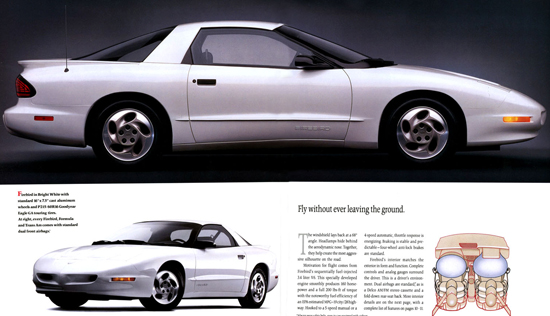
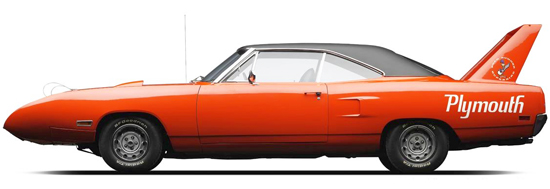
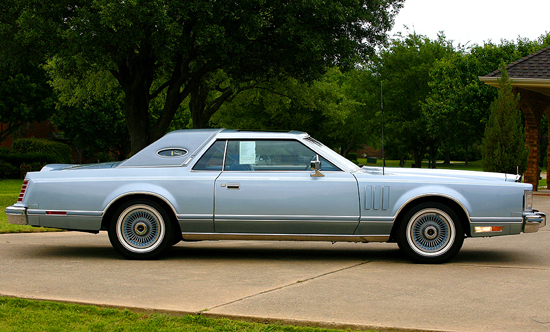
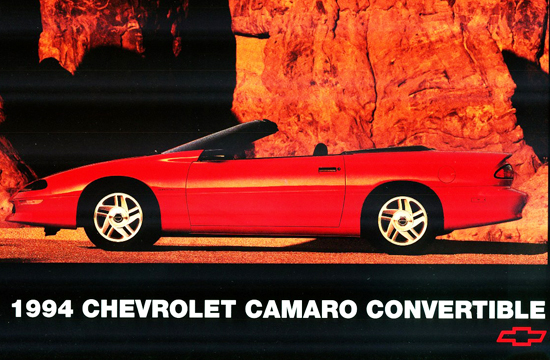
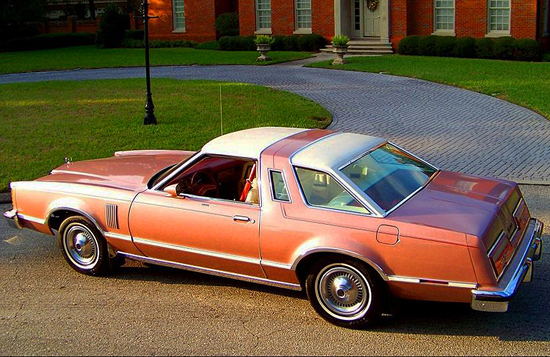
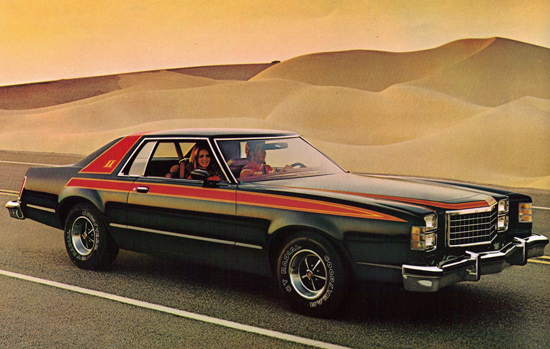
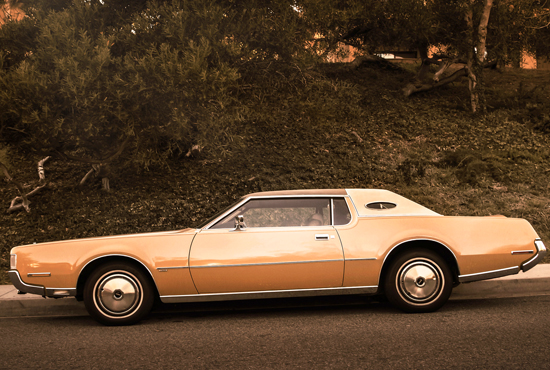
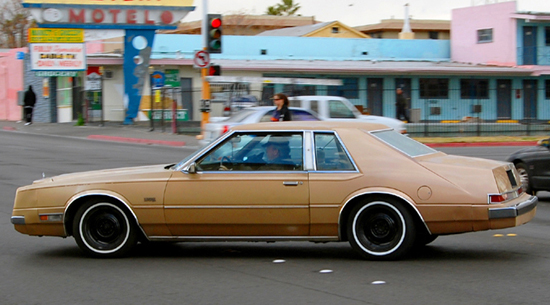
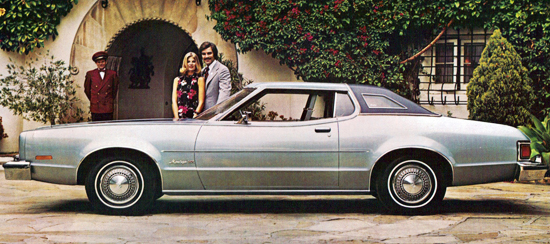
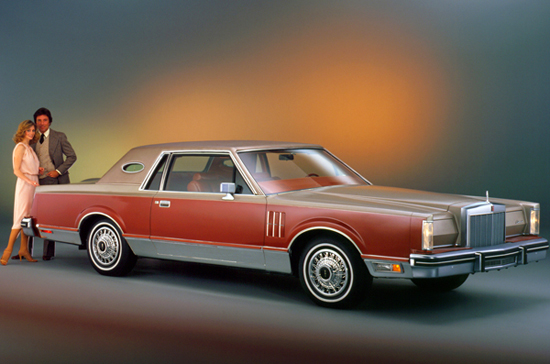
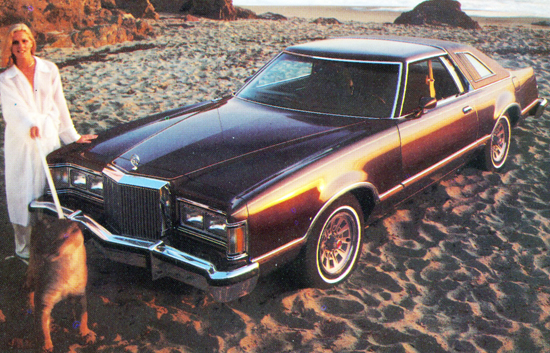
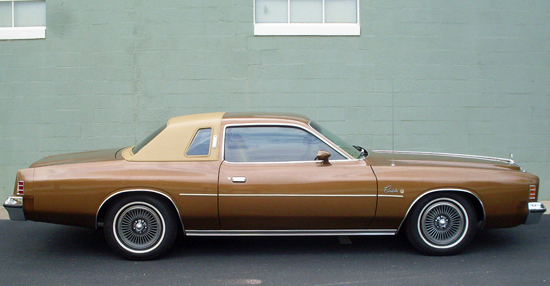
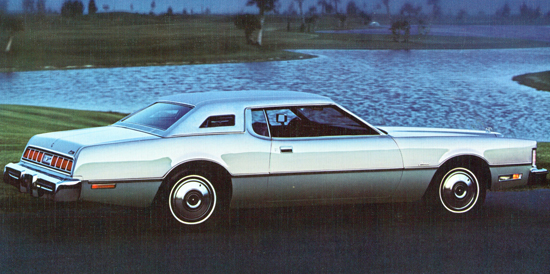
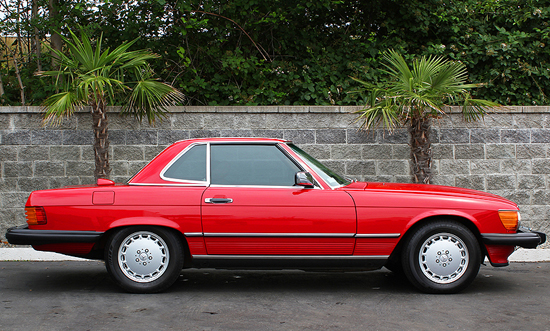
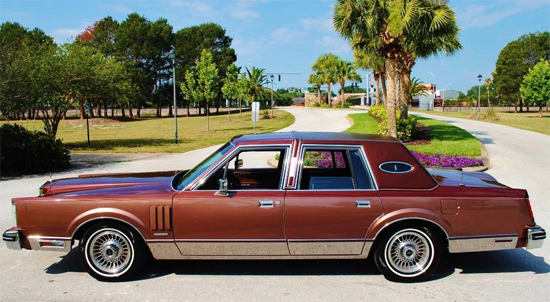
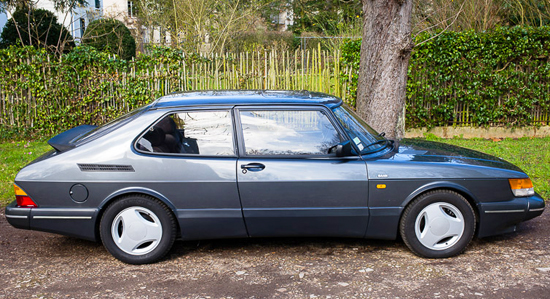

































Great read, very informative and interesting for car freaks like me. In most places, a load can overhang up to 4m behind the rear axle, but if it protrudes more than 1m behind the car you must tie a white, red, yellow or orange fluorescent flag to it. The flag must be at least 40cm by 30cm in size.
So, percentage aside, the ’77-’79 Lincoln Mark V seems to have the record for total overhang, at 109.9″, the wheelbase of the same era Lincoln Versailles . Unless we’ve glossed over some better proportioned, but truly gargantuan car; the 1976 Fleetwood only had a little over 100″ of overhang.
Don’t forget all the fuel saving devices that, when combined (40% increase here, 30% there), boost the mileage to 150 mpg, including the “fire injector” spark plugs. The J. C. Whitney really made the world seem like a limitless place, at least for someone who was too young to own a car.
The Mustang II fell just short of “honorable mention” list, at 45%. Nose-heavyness was one of its shortcomings, especially with the V8.
was it a Bently? I always thought ot was a Rolls front end I saw on alot of bugs.
I think your formula is looking at it the wrong way. Most problems with long overhangs is when the bottoms drags the ground. You are dividing the rear and front together. Most problems occur with the trunk over hang dragging, usally when pulling in or backing out of driveways. Driving many full size cars from the 60’s and 70’s I can tell you 90% of the time its the rear end that is the problem.
Question: Which car has the worse REAR overhang?
I remember hearing that crunch when pulling into the steep driveway in a full sized car. But there are more problems with both front and rear overhang, like having the nose stick into traffic when making a left-hand turn. Overhang at either end can increase the rotational-moment-of-inertia, slowing the cars responses to steering inputs and in the case of the rear, causing oversteer as well. That’s why the spare tire bulges that were added to Chryslers, Thunderbirds and Lincolns were usually fake. It’s also why car makers that emphasize sporty handling often put the battery within the wheelbase (eg. VW, BMW SUVs).
Also fourth generation Chevrolet Caprice wagon (1991–1996) – Length 217.3”, Wheelbase 115.9” – 0,4666%
1977-80 Monte Carlo SS- L 202.4 – WB 108 = 94.4/202.4 = 46.64